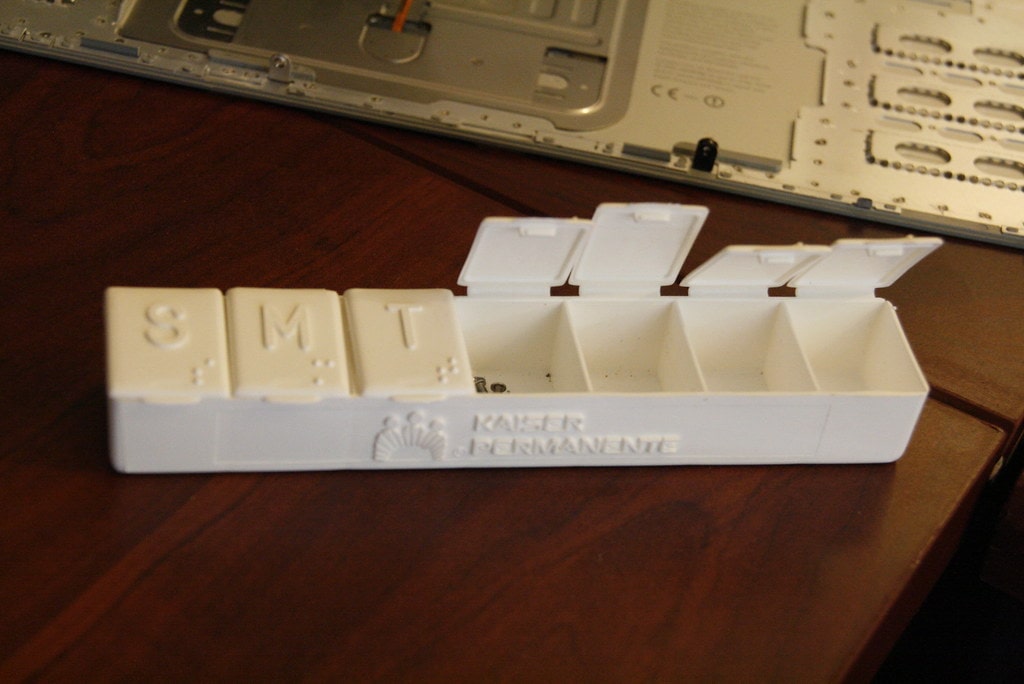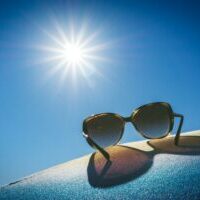We’re at the beginning of an interesting shift in technology. For years now technology has been coming down in cost, working to make day to day life easier, and becoming ever present (it’s not uncommon to glance at a group of people and see more Apple Watches and Fitbits than bare wrists). Technology companies are aware that as Baby Boomers continue to age, the number of older adults will outnumber school children and are beginning to create gadgets catered to the concerns of older adults- but are these gadgets something older adults will want to use?
Certain technology and gadgets can help caregivers feel at ease when their loved one still lives on their own (e.g., a medical alert device), but these are rarely if ever designed with input from older adults. A medical alert device may offer peace of mind to caregivers, but how many older adults want to wear a bulky white device around their neck 24/7? An example of this is the Hip Protector, which works as an air bag to protect older adults when they fall; although this device could be helpful, it isn’t successful because older adults didn’t want to wear it.
MIT posted a great article on the topic and highlighted the importance of getting feedback on devices from the people that would actually use them:
It’s a familiar tune to engineer Ken Smith, director of the mobility division of the Stanford Center on Longevity. He says one of the biggest mistakes designers make is to assume that around the age of 60 people lose interest in aesthetics and design. This can have dire consequences for products meant to help people with their health. No one wants to stick a golf-ball-size hearing aid the color of chewed gum in their ear, any more than they want to wear a T-shirt that reads “SENIOR CITIZEN.”
Too often with items aimed at older adults, fashion takes a back seat to function. Designers should think about whether they would use the product they’re designing.
Visit the Ahead of the Curve Senior Resource Directory to find (mostly beige) low cost medical equipment in your area






